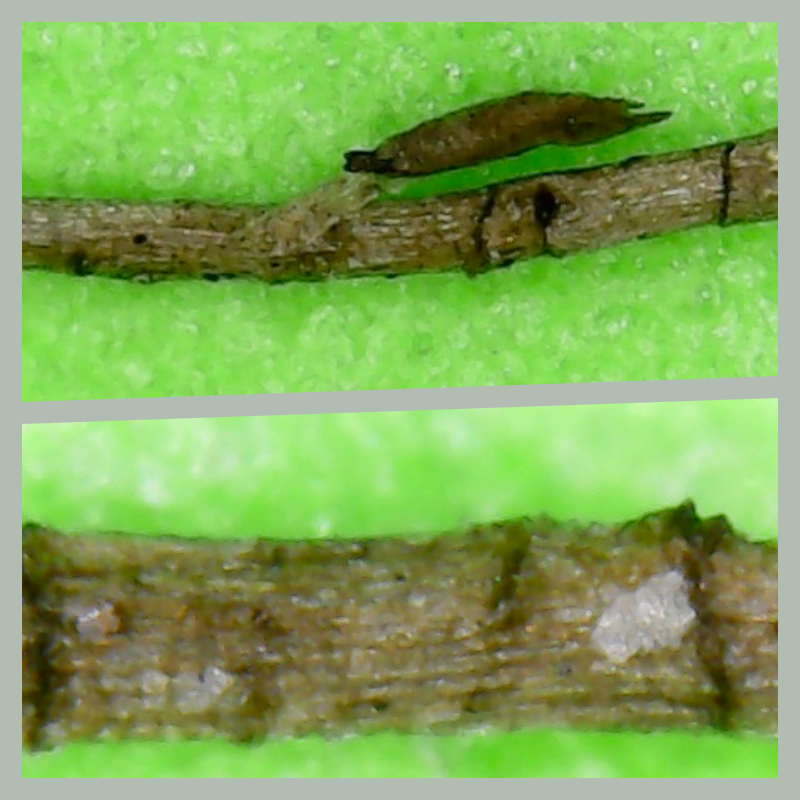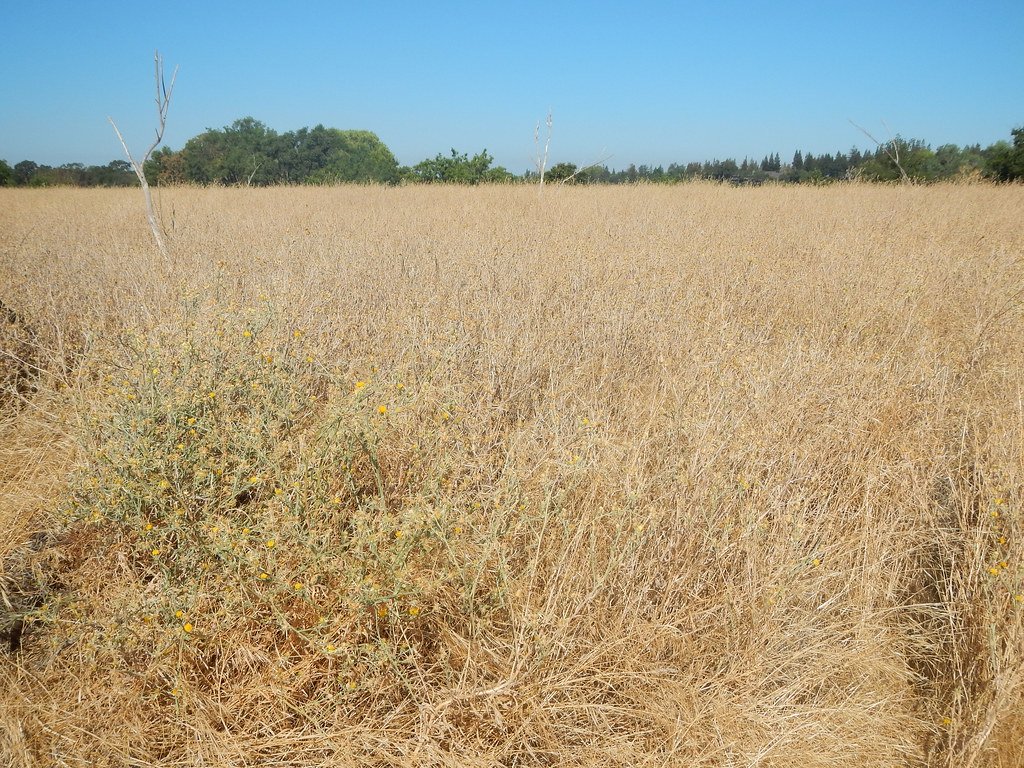Morgellons disease is shrouded in mystery, often inciting a mix of intrigue and skepticism. The condition is marked by the bizarre symptom of fibers emerging from the skin, leaving both sufferers and scientists puzzled. Imagine waking up one day to find threads seemingly sprouting from your epidermis. It sounds like the plot of a science fiction tale, yet for those living with Morgellons, it is a startling reality. The condition has sparked a debate in medical communities worldwide, with some considering it a new disease and others attributing it to psychological causes. This article delves into the enigma of Morgellons, exploring its symptoms, potential causes, and the controversy surrounding its diagnosis.
The Unsettling Symptoms of Morgellons Disease
Individuals with Morgellons disease report a variety of unsettling symptoms. Chief among them are the mysterious fibers that appear to grow from lesions on the skin. These fibers can be red, blue, black, or white, and are often described as thread-like. Patients also experience intense itching and a sensation of crawling or stinging on the skin, which can be distressing and debilitating. Lesions can be persistent and slow to heal, adding to the discomfort. The condition also manifests with fatigue, joint pain, and cognitive difficulties, such as memory loss or confusion. These symptoms combine to create a perplexing medical puzzle that challenges both patients and healthcare providers.
Exploring the Origins: A Historical Perspective

The term “Morgellons” was coined in 2002 by Mary Leitao, a mother searching for answers to her son’s mysterious skin condition. However, historical accounts of similar symptoms can be traced back to the 17th century. The disease was named after a condition described in the 1600s, where French children were observed to have black hairs emerging from their skin. Despite these historical references, Morgellons only gained significant attention in the modern era. The resurgence of interest in the condition has sparked debate and research, although consensus on its origins and nature remains elusive. The historical context adds a layer of complexity, suggesting that Morgellons might not be a new phenomenon but rather a re-emergence of an old mystery.
The Scientific Quest: Investigating the Fibers
One of the most confounding aspects of Morgellons is the nature of the fibers themselves. Are they truly synthetic, or could they be a natural biological occurrence? Scientific investigations have attempted to analyze these fibers, with varying results. Some researchers suggest that the fibers are composed of keratin and collagen, proteins commonly found in human skin. Others propose they might be textile fibers, inadvertently embedded in lesions. Advanced techniques, such as spectroscopy and electron microscopy, have been employed to study the fibers, yet definitive conclusions remain out of reach. The ongoing scientific quest to understand these fibers is a testament to the enigmatic nature of Morgellons disease.
Psychological Perspectives and Controversies
The debate over Morgellons extends beyond physical symptoms to the realm of psychology. Some medical professionals categorize the condition as a form of delusional parasitosis, where patients mistakenly believe they are infested with pathogens. This perspective suggests that the fibers are simply external contaminants, and the perceived symptoms are psychosomatic. However, this view is not universally accepted, and many patients and advocates argue for recognition of Morgellons as a legitimate physical ailment. The psychological interpretation of Morgellons has sparked controversy and frustration, highlighting the need for empathy and comprehensive care in addressing the condition.
Patient Experiences and Advocacy
For those living with Morgellons, the journey is often fraught with challenges and skepticism. Patients frequently face disbelief from healthcare providers, leading to feelings of isolation and frustration. Despite these hurdles, a strong community of Morgellons sufferers and advocates has emerged, dedicated to raising awareness and seeking answers. Online forums and support groups provide a platform for sharing experiences and information. Advocacy efforts have also led to increased research and dialogue within the medical community. The resilience and determination of those affected by Morgellons underscore the importance of patient-centered approaches in addressing complex medical conditions.
Current Research and Findings
Research into Morgellons disease is ongoing, with scientists striving to uncover its underlying causes and mechanisms. Studies have explored potential links between Morgellons and infectious agents, such as Lyme disease. Some researchers propose that bacterial or viral infections could trigger the symptoms observed in Morgellons patients. Genetic factors and immune system responses are also areas of investigation. While definitive answers remain elusive, ongoing research efforts are crucial in unraveling the mystery of Morgellons. The findings from these studies hold the potential to shed light on this perplexing condition and pave the way for effective treatments.
The Role of Technology in Understanding Morgellons
Advancements in technology have played a significant role in the study of Morgellons disease. High-resolution imaging techniques allow for detailed analysis of the fibers and lesions associated with the condition. Genetic analysis and microbiome studies offer insights into potential triggers and contributing factors. Cutting-edge technologies, such as artificial intelligence and machine learning, are also being utilized to analyze large datasets and identify patterns. The integration of technology in research efforts is driving progress and offering new avenues for understanding Morgellons. These technological advancements hold promise for unraveling the complexities of the disease and improving patient outcomes.
Challenges in Diagnosis and Treatment
Diagnosing Morgellons disease presents significant challenges due to its complex and controversial nature. The lack of standardized diagnostic criteria contributes to variability in how the condition is identified and managed. Some healthcare providers may dismiss the symptoms as psychological, while others may pursue extensive testing to rule out other conditions. Treatment options are similarly varied, with some patients finding relief through antibiotics, antifungals, or psychiatric medications. The challenges in diagnosis and treatment highlight the need for a holistic and patient-centered approach in addressing Morgellons. Collaborative efforts between patients, healthcare providers, and researchers are essential in improving outcomes and quality of life for those affected.
A Global Perspective on Morgellons
While Morgellons is primarily reported in the United States, cases have been documented worldwide, suggesting a global dimension to the condition. Cultural and environmental factors may influence the prevalence and perception of Morgellons in different regions. Understanding the global context is crucial in addressing the condition comprehensively. International collaboration in research and awareness efforts can facilitate a deeper understanding of Morgellons and its impact on diverse populations. The global perspective highlights the need for cross-cultural dialogue and cooperation in unraveling the mysteries of this enigmatic disease.
The Path Forward: Seeking Answers and Solutions
The mystery of Morgellons disease continues to captivate and challenge scientists, patients, and advocates alike. The path forward involves a concerted effort to bridge the gap between skepticism and acceptance, science and empathy. Continued research, interdisciplinary collaboration, and patient advocacy are essential in unraveling the complexities of Morgellons. As the search for answers continues, the hope is that greater understanding will lead to effective treatments and improved quality of life for those affected. The journey to uncover the truth behind Morgellons is ongoing, driven by the resilience and determination of those seeking answers.




